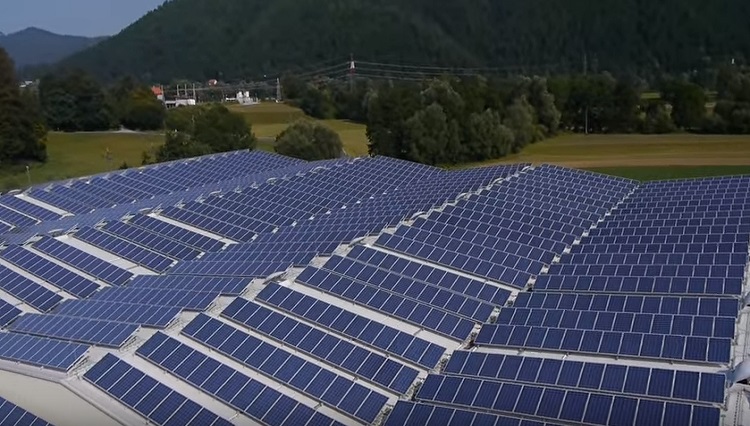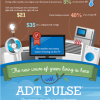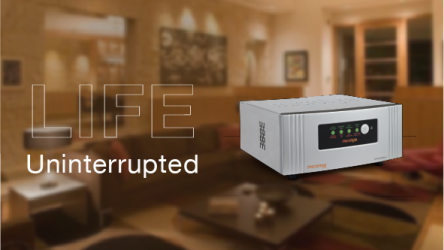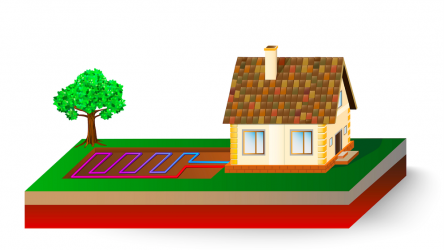
For eras, solar energy has been hyped as an alternate power source. Gradually, though, solar is standing toe to toe with customary power sources as a feasible, cost-effective alternative for electricity.

Your Solar on Manta
While solar energy burst on to the scene in the 1980s, none was creating a fiscal case for counting it in America’s service electric fleet. The dispute in favor of solar was mainly ecological. Photovoltaic (PV) panes make energy without carbon releases and without the continual need for fuel. Since 1998, though, the price of panels has fallen by around 8% every year. Now, it is reaching whatever is recognized as ‘grid parity,’ which means that the energy produced by PV is price-competitive on a per-kilowatt base with electricity from natural gas or else coal plants. At the point of grid parity, sponsors of the technology could use both pure price analysis and ecological benefits to create the case. Lately, the EPA released its Clean Power Plan, which is probable to define the ecological heritage of the Obama management. The plan calls for a countrywide 30% decrease in carbon releases by 2030. Whereas environmental benefits definitely were part of the incentive behind the plan, viability largely hinges upon the affordability of renewable energy technology.
Usually, electric benefits in the United States are upright combined monopolies. Vertical incorporation means one firm produces and conveys a product to customers. Solar energy, though, is already breach that vertical model up. Whereas it doesn’t make sense for everybody to have their individual coal plant, photovoltaic electricity provides every American the chance to produce their own power. This has originate to be recognized as energy democratization. Nowadays, persons have an unparalleled level of choice. With this choice, numerous proprietors are crunching the numbers as well as realizing that an investment in their own electrical production can save them thousands over the lifetime of the system.
It is not only persons taking benefit of declining values on their own roofs. Utility firms themselves have seen the writing on the wall as well as begun to invest in significant solar schemes. There are now numerous solar power farms situated through the United States. They are deliberately built in regions with high solar possessions, for example the Mojave Desert. The main of these farms have a production capability upward of 500 megawatt.
Americans are progressively aware of the requisite for a clean energy upcoming and the economic benefits of creating electricity at home. Solar energy is approaching in to its own as the financial and ecological choice of the future.
One of the communal misconceptions around solar panels is that they are costly and affordable only for the elite class which is not factual. Solar panels need one time investment afterward which you do not have to invest for consistent maintenance. Actually, in most of the nations, government is giving distinct tax benefits and other profits for going solar. Once you install solar panels, you get liberty from utility bills, power cuts as well as enhance the worth of your possessions by being ecological.






